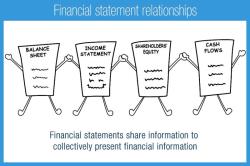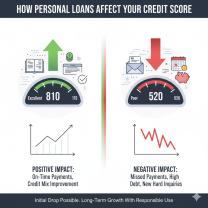What is financial planning strategy?
Financial planning strategy is a comprehensive and structured approach to managing one's finances with the goal of achieving specific financial objectives and securing a stable financial future. It involves a series of steps, decisions, and actions aimed at effectively managing income, expenses, assets, liabilities, and investments to maximize financial well-being. A well-defined financial planning strategy helps individuals and families make informed financial choices, build wealth, protect against financial risks, and achieve their financial goals. Here are the key components of a financial planning strategy:
Goal Setting: Identify and prioritize financial goals, both short-term (e.g., saving for a vacation) and long-term (e.g., retirement planning, buying a home). Goals should be specific, measurable, achievable, relevant, and time-bound (SMART).
Budgeting: Create a detailed budget that outlines income sources and all expenses, including fixed costs (e.g., rent/mortgage, utilities), variable expenses (e.g., groceries, entertainment), and savings contributions. A budget helps track spending and ensures that income covers expenses and savings goals.
Emergency Fund: Establish an emergency fund with three to six months' worth of living expenses to cover unexpected financial setbacks, such as medical expenses, car repairs, or job loss.
Debt Management: Develop a plan to manage and reduce high-interest debts, such as credit card balances and personal loans. Prioritize paying off debts to free up resources for saving and investing.
Savings and Investments: Set aside a portion of income for savings and investments. Consider various savings vehicles (e.g., savings accounts, certificates of deposit) and investment options (e.g., stocks, bonds, mutual funds) that align with your risk tolerance and time horizon.
Retirement Planning: Plan for retirement by contributing to retirement accounts, such as 401(k)s, IRAs, or pension plans. Calculate retirement savings needs and establish a retirement strategy to achieve financial security during retirement.
Insurance: Evaluate insurance needs and ensure adequate coverage, including health insurance, life insurance, disability insurance, and property insurance, to protect against unexpected events and liabilities.
Tax Planning: Optimize tax efficiency by taking advantage of tax-advantaged accounts and tax deductions. Consider working with a tax professional to minimize tax liabilities.
Estate Planning: Create or update an estate plan that includes wills, trusts, and powers of attorney to manage assets and provide for loved ones in the event of disability or death.
Review and Adjustment: Regularly review and adjust your financial plan to reflect changes in income, expenses, goals, and life circumstances. Be flexible and adapt to evolving financial needs.
Professional Advice: Seek the guidance of financial advisors or planners who can provide expertise, financial analysis, and personalized recommendations to optimize your financial planning strategy.
A well-executed financial planning strategy provides individuals and families with a roadmap to financial security and success. It empowers individuals to take control of their financial future, make informed decisions, and work toward achieving their financial dreams and objectives.












